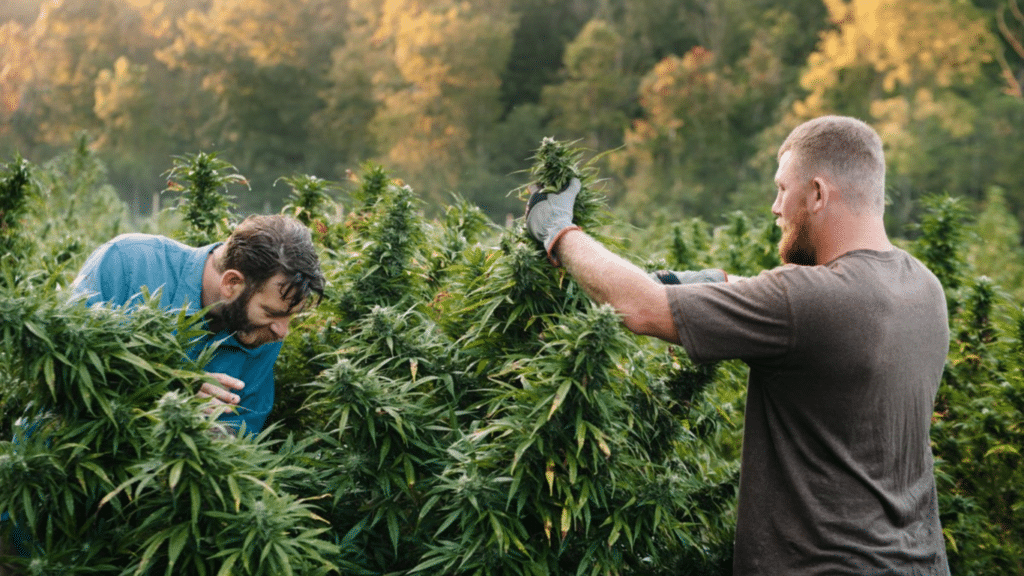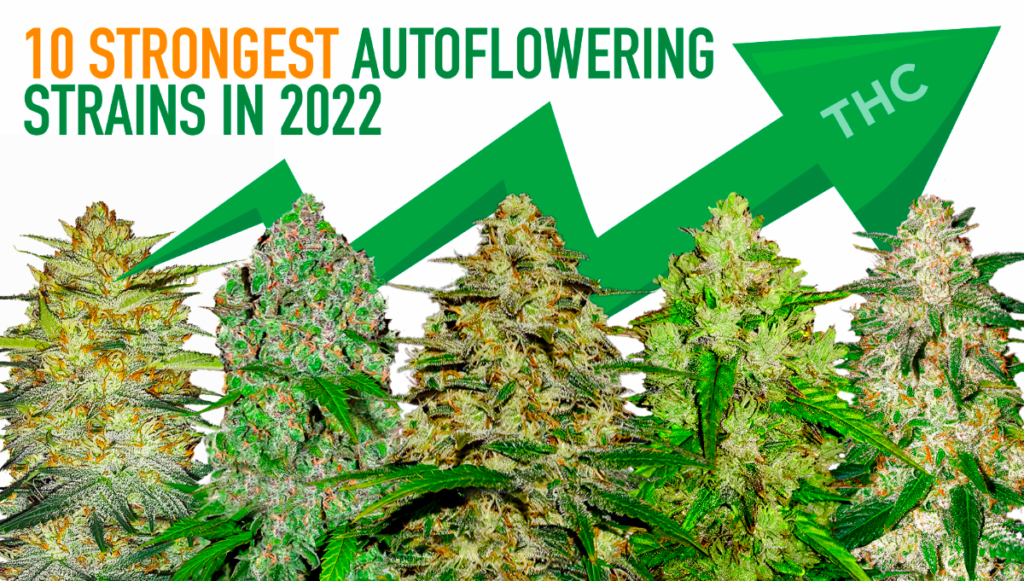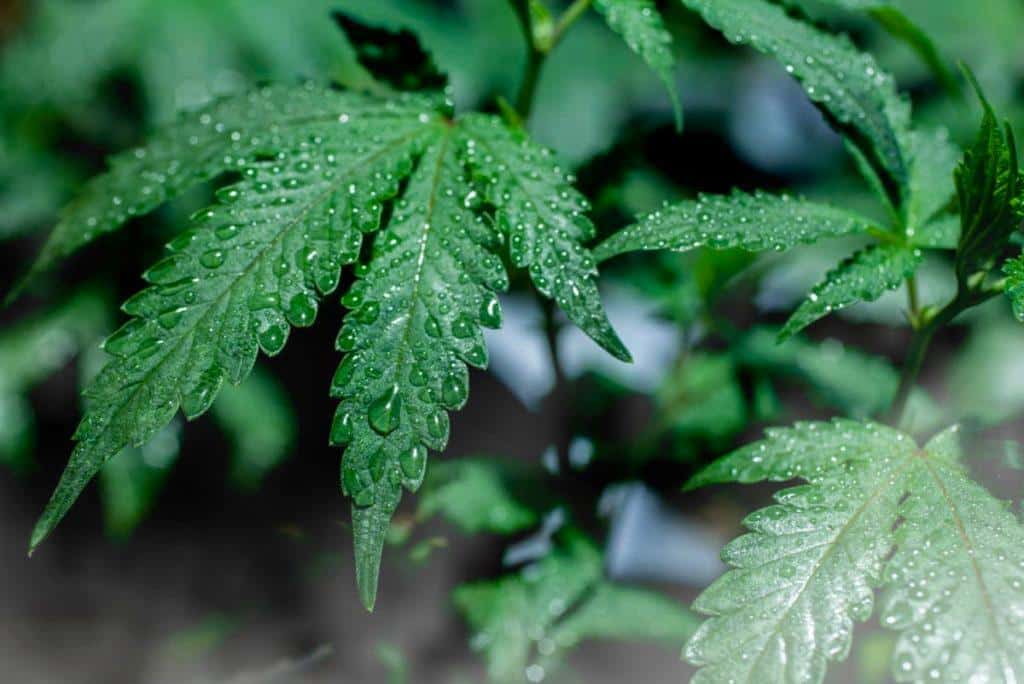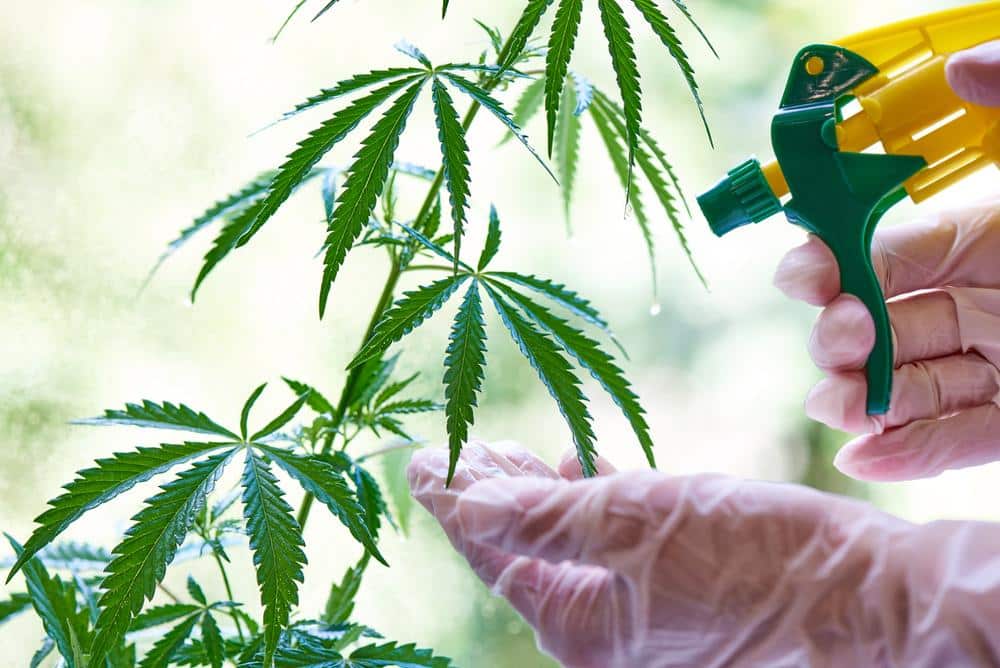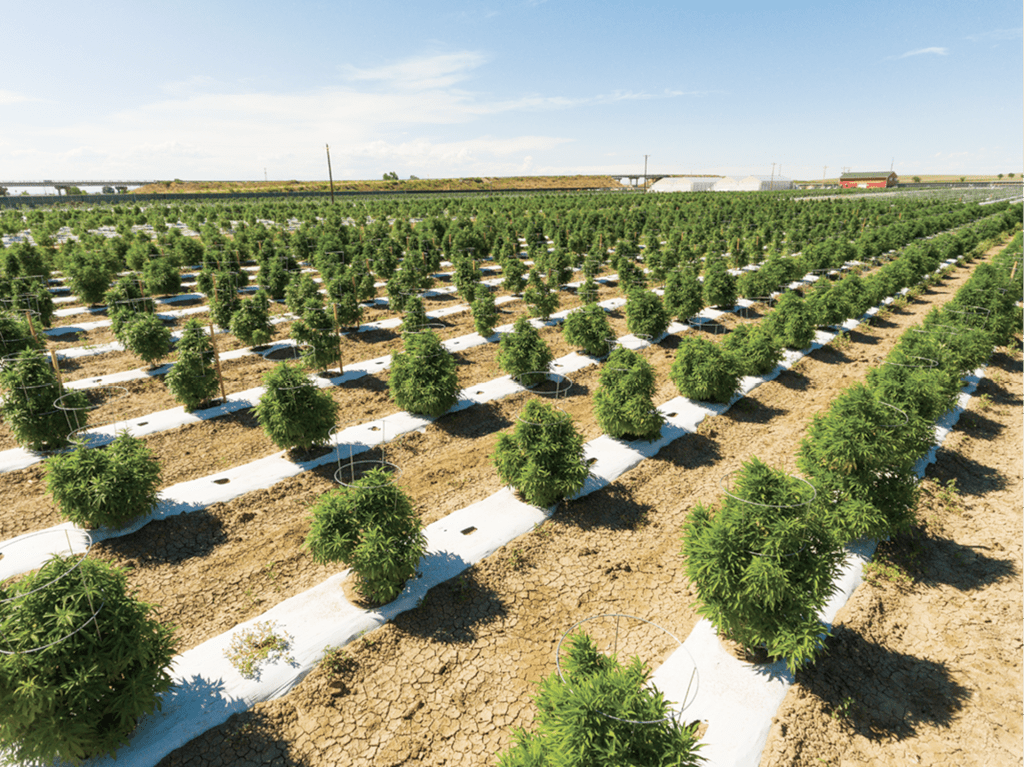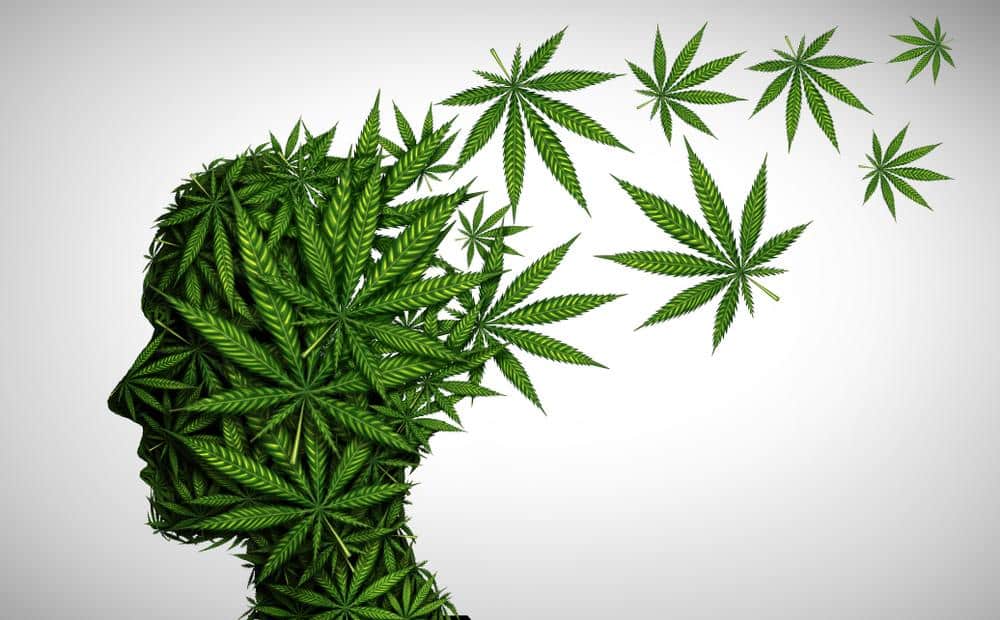Have you ever noticed the layer of small, sticky crystals that coats the surface of high-quality cannabis buds? These are trichomes, and these tiny crystalline structures hold the essence of cannabis. Trichomes are small, resinous glands that coat the surfaces of female cannabis plants. These small crystals are packed with THC, other cannabinoids, and terpenes. Trichomes contain all of the psychoactive compounds responsible for the effects we associate with cannabis use. Cannabinoids such as THC and CBD are responsible for the effects and potency of cannabis, while terpenes refine the flavors and characteristics of your favorite strains. Without these essential compounds, cannabis would not produce the effects that we seek when buying premium quality strains.

In this article, we discuss the importance of trichomes, and the manner in which their changing colors can signal to growers that the time has come to harvest your plants at their utmost potency.
What are Trichomes?
As aforementioned, trichomes hold the THC, terpenes, and other cannabinoids responsible for the effects that we seek from the cannabis plant. Cannabis plants develop thick coats of trichomes as a means of protection in their natural habitat; often, strains originating in harsh environments boast thick, protective, crystalline coats to protect themselves against severe weather, insects, and UV rays.
Trichome development begins as the cannabis plant enters the flowering phase. During this phase, trichomes will appear on the surfaces of the plant that has emerged from its growing medium. Soon thereafter, trichomes begin to develop gland heads, signaling that the synthesis of cannabinoids will soon begin.
The Three Types of Trichomes: Bulbous, Capitate Sessile, and Capitate Stalked
There are three types of trichomes that can be found on the surfaces of the cannabis plant. Bulbous trichomes are the smallest type of trichomes, and these tiny crystals – invisible to the naked eye – coat the entirety of the cannabis plant. Capitate sessile trichomes are slightly larger than bulbous trichomes, though they, too, are invisible to the naked eye. Like bulbous trichomes, capitate sessile trichomes coat the entirety of the cannabis plant, albeit in denser layers.
Yet neither of the first two types of trichomes are as important, valuable, and essential for growers as capitate-stalked trichomes, a third type of trichome that covers the flowers of high-quality, female cannabis plants. Capitate-stalked trichomes are visible to the naked eye, and they alone serve as the plant’s epicenter for the cannabinoids and terpenes synthesized in reaction to UV rays. Capitate stalked trichomes are composed of cells, and their physical appearance is defined by hair-like stalks and a large gland head resembling that of a mushroom. This large mushroom head, specifically, serves as the center of cannabinoid and terpene development in capitate stalked trichomes. And capitate stalked trichomes are essential for growers to monitor, as their changing colors and translucency can signal peak cannabinoid production so as to let growers know that the optimal harvest time has come.
Harvesting Autoflowering Cannabis During Peak Trichome Production
Monitoring trichome development is key to optimizing the potency of your harvest. Growers who don’t monitor trichome development risk harvesting their plants too early, which deprives the plant of the opportunity to synthesize the cannabinoids and terpenes that capitate-stalked trichomes eventually produce. This will result in a less potent, less satisfying yield. At the same time, it is entirely possible to harvest your plants past peak trichome development, at which point the degradation of the essential compounds in trichomes begins.
Trichome development progresses through four phases, each defined by the color and consistency of trichomes as they mature over time.
When you first see trichomes begin to appear on your autoflowering plants, they will be clear in color and consistency. This indicates that your plant has not begun to synthesize adequate cannabinoids, and therefore, is not yet potent enough for harvest.
Next, your trichomes will transition to a cloudy color. This is a good sign, as it indicates that your plant is nearing full maturity, but cloudy trichomes do not indicate that your plant has reached peak trichome development. Generally, we recommend flushing during this phase, and waiting two weeks after flushing until your trichomes reach peak development.

In conclusion, you should optimize potency and effects by harvesting once your plant exhibits mixed trichomes – a blend of amber and cloudy colored bulbs. Plants harvested with mixed trichomes produce a powerful body and head high, which is desirable for the majority of growers and consumers.
Just as it is essential not to harvest your plants too early, you must ensure that you don’t harvest too late, as you will miss peak trichome development. If you don’t harvest your plants when they exhibit mixed amber and cloudy trichomes, they will surpass peak trichome development, and THC levels will begin to decline.
Trichomes During the Flushing Phase
Trichomes can signal not only when it’s time to harvest, but also when it’s time to enter the flushing phase. The flushing phase involves giving your plants large amounts of water to flush excess nutrients from your growing medium, which is essential to optimizing the taste and quality of your yield. Once plants are flushed and their nutrient levels are reduced, they are forced to absorb leftover nutrients stored in the body of the plant itself.
In general, we recommend flushing about two weeks before harvest. To determine when it is time to flush, you should monitor the trichomes on your plant. Aim to flush when your trichomes are transitioning from a clear color to a cloudy, milky consistency. By flushing during this stage of trichome development, you give your plant the remaining two weeks to develop the mixture of amber and cloudy trichomes that signal peak THC levels.
***
Trichomes are the most important part of the cannabis plant, as they hold all of its most potent, psychoactive, and desirable compounds. For growers, trichomes signal phases of plant maturation, when to flush, and when to harvest for optimal THC levels. Thus trichomes are invaluable to anyone and everyone looking to optimize the potency of their harvests and the effects of their autoflowers.




